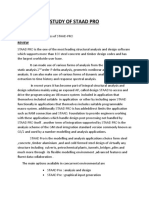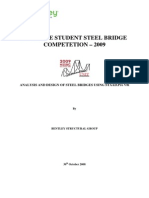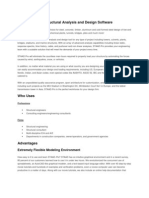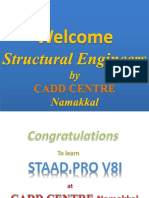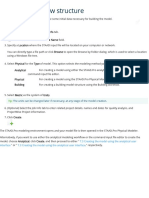T.
1 Methods of creating the model
There are three methods of creating the structure data:
1. Using the STAAD.Pro Physical Modeler interface,
2. Using the traditional STAAD.Pro analytical modeling interface,
3. Using the command file
The physical model is used to draw structural elements as they are physically constructed. The program will then decompose this into an analytical modeling which is passed to the STAAD.Pro analysis and design engine when you run your
model.
The analytical model is a finite element model of the structure which is typically processed directly by the analysis and design engine.
The command input file is a text file which contains the data for your structural model. This file consists of simple English language-like commands. This file is created for you behind the scenes for you when you model your structure using
either the physical modeler interface or the analytical model interface.
The physical model will be linked to the command input file so any changes to your physical model must be made using the physical modeler interface. This ensures data integrity when the program decomposes the physical model. You can
"break" this link to make changes to the underlying analytical model directly, either using the STAAD.Pro analytical modeling interface or using the command input file editor.
You can switch back and forth between the analytical modeling interface and the command input file editor for models created by either of those methods.
All three methods are described in this tutorial, with a detailed focus on the STAAD.Pro Physical Modeler interface.













